How to Build a Zero-Waste Routine for Your Pet’s Care
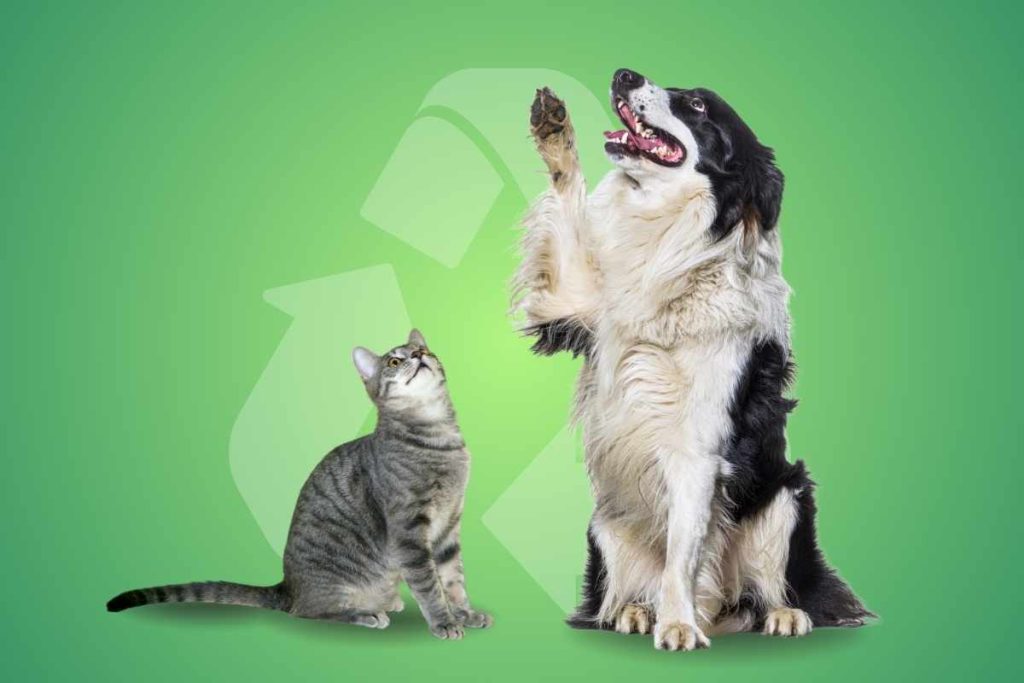
Adopting a zero-waste lifestyle has become a key trend for those looking to make a positive impact on the environment.
This includes taking care of our pets, although many don’t realize how our routines can generate unnecessary waste.
From plastic food packaging to single-use toys and hygiene products, the pet industry is responsible for a significant amount of waste.
However, there are sustainable alternatives that not only benefit the planet but also improve the quality of life for our animals.
In this article, we’ll show you how to create a zero-waste routine for pets in only 5 easy steps, easily and effectively.
1. Choose Sustainable Pet Food
Food is one of the most important aspects of pet care, and at the same time, it’s one of the biggest sources of waste. Single-use plastic packaging is common in most pet food products, and these containers can take hundreds of years to decompose.
A great way to reduce this impact is to choose brands that use recyclable or biodegradable packaging, such as paper bags or recycled containers. If possible, look for bulk food options, which virtually eliminate plastic waste.
In addition to changing the packaging, consider preparing your pet’s meals and treats at home. You can make treats with natural ingredients like oats, carrots, and chicken, which not only eliminate packaging waste but also ensure you know exactly what your pet is eating.
Opt for organic ingredients whenever possible, and store them in reusable jars, further reducing plastic use.
2. Use Eco-Friendly Toys
Toys are an essential part of your pet’s entertainment and well-being, but many toys on the market are made of non-recyclable plastics that can harm the environment when disposed of.
Opting for toys made from biodegradable or recycled materials is a simple way to make a big difference. Look for toys made from natural rubber, certified wood, or organic fibers such as cotton or jute.
These materials are not only safe for your pet but also break down much faster than conventional plastics.
Moreover, it’s often more affordable and eco-friendly to create your toys. With recycled materials, like fabric scraps or old ropes, you can make custom toys that your pet will love.
By doing so, you not only contribute to the well-being of the environment but also make use of what you already have at home.
3. Opt for Eco-Friendly Hygiene Products
Your pet’s hygiene routine, such as bathing or grooming, can also generate a lot of waste, especially if you’re using products that come in plastic packaging. Luckily, there are more eco-friendly alternatives.
Look for biodegradable shampoos and hygiene products that are free from harsh chemicals, both for your pet and the environment. These products are usually made with natural ingredients and come in recyclable packaging.
Another way to reduce waste is by opting for reusable items like sponges, bamboo brushes, or microfiber towels. These items are not only more eco-friendly but also tend to be more durable and effective than disposable versions.
If your pet needs frequent baths, look for options that allow you to buy products in bulk, further reducing the amount of plastic packaging used.
4. Minimize Waste During Vet Visits
Veterinary visits can be an unexpected source of waste, especially when disposable products or plastic packaging are used for medications and consultations. To reduce the environmental impact of these visits, start by choosing veterinary clinics that focus on sustainable practices.
Ask if they have eco-friendly policies, such as using recycled paper or offering plastic-free medication options.
Additionally, many clinics now allow pet owners to bring their containers for medications, eliminating the need for extra packaging. If your vet doesn’t offer these options, consider suggesting these practices and becoming an advocate for sustainable pet care.
You can also opt for in-home veterinary services, which can reduce the carbon footprint related to travel.
5. Recycle and Donate Used Pet Products
Not everything in the world of pets needs to be discarded once you’re done with it. Many items, such as beds, collars, and toys, can be recycled or donated.
If you have products you no longer need, consider donating them to animal shelters or adoption centers.
These places often accept gently used items that can be reused for other animals, preventing them from ending up in landfills.
Recycling is also a great option for pet accessories. Old collars or damaged food bowls can be repurposed into other useful items, such as DIY projects or creative recycling.
Be sure to check your local recycling policies to understand how to properly dispose of materials like plastic, rubber, or metal used in these products.
Reducing the waste generated by your pet care routine is not only a small but powerful way to contribute to sustainability; it’s also an opportunity to foster a healthier environment for both you and your pet.
By making conscious choices your ecological footprint without compromising the health or happiness of your furry companions.
Transitioning to a zero-waste lifestyle in pet care promotes not only a cleaner planet but also supports the long-term well-being of your pet.
Sustainable practices help reduce chemical exposure for your pet and encourage healthier alternatives that align with nature’s rhythms.
Did you find this post useful or inspiring? Save THIS PIN to your PETS Board on Pinterest!
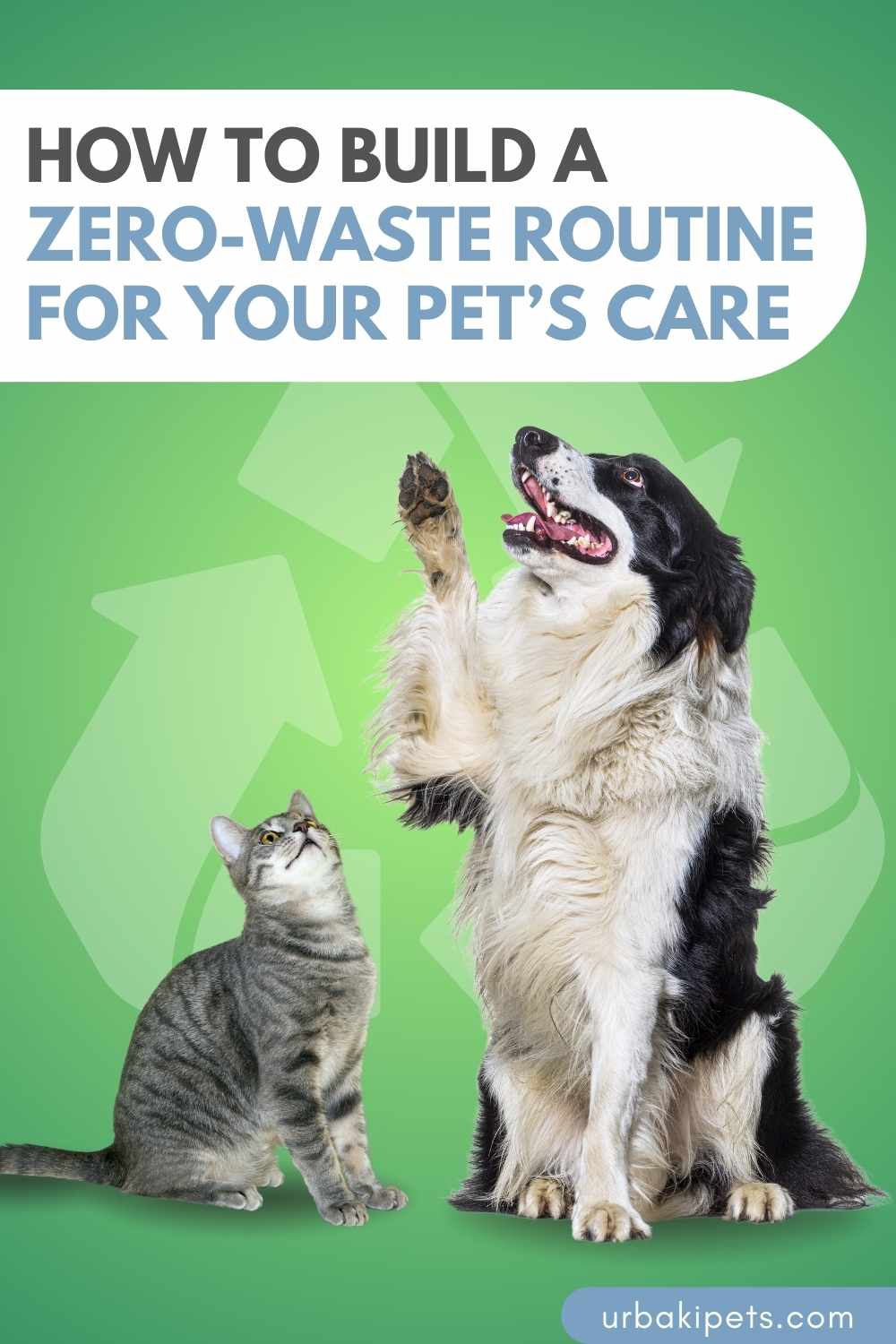

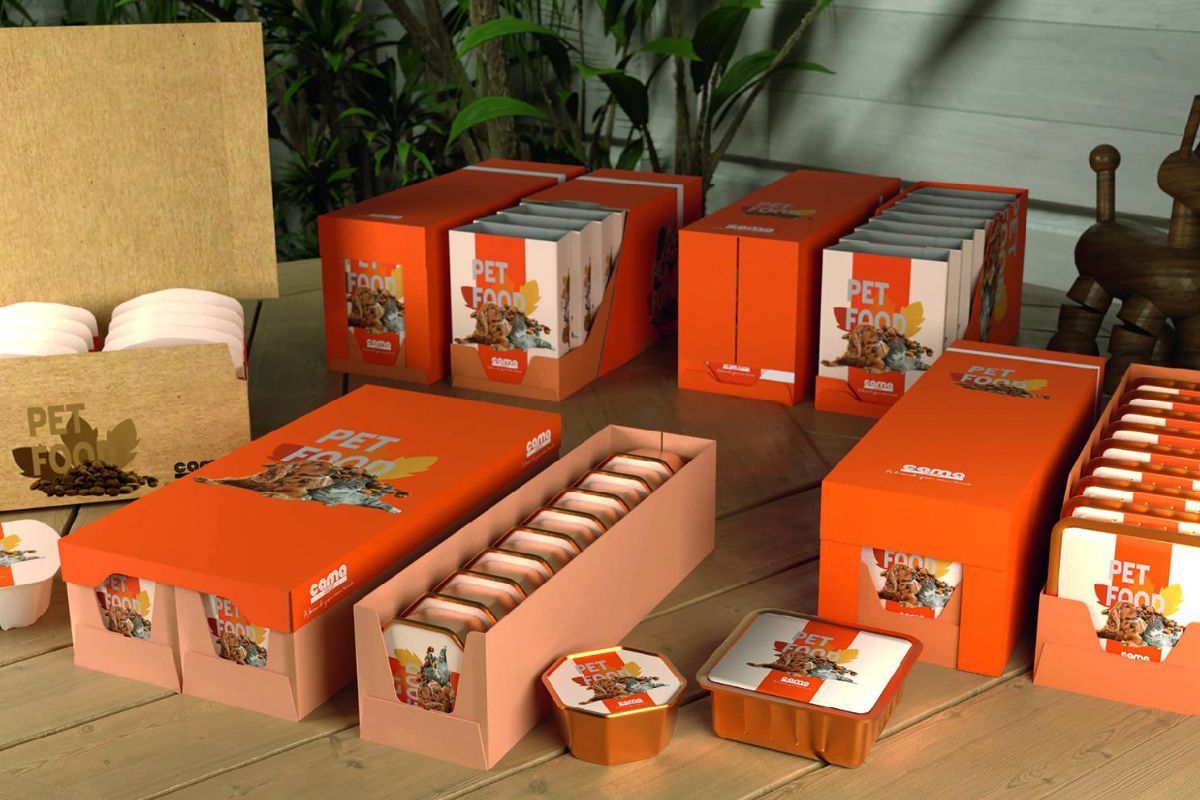
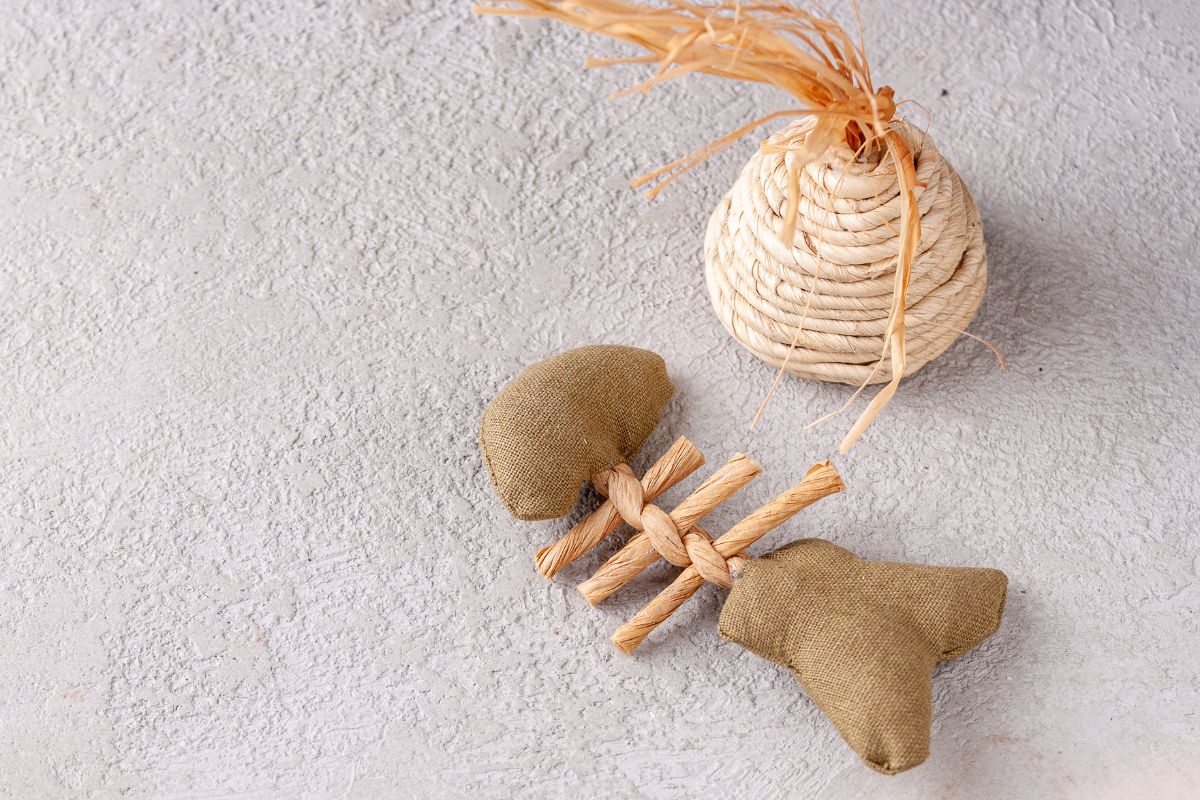


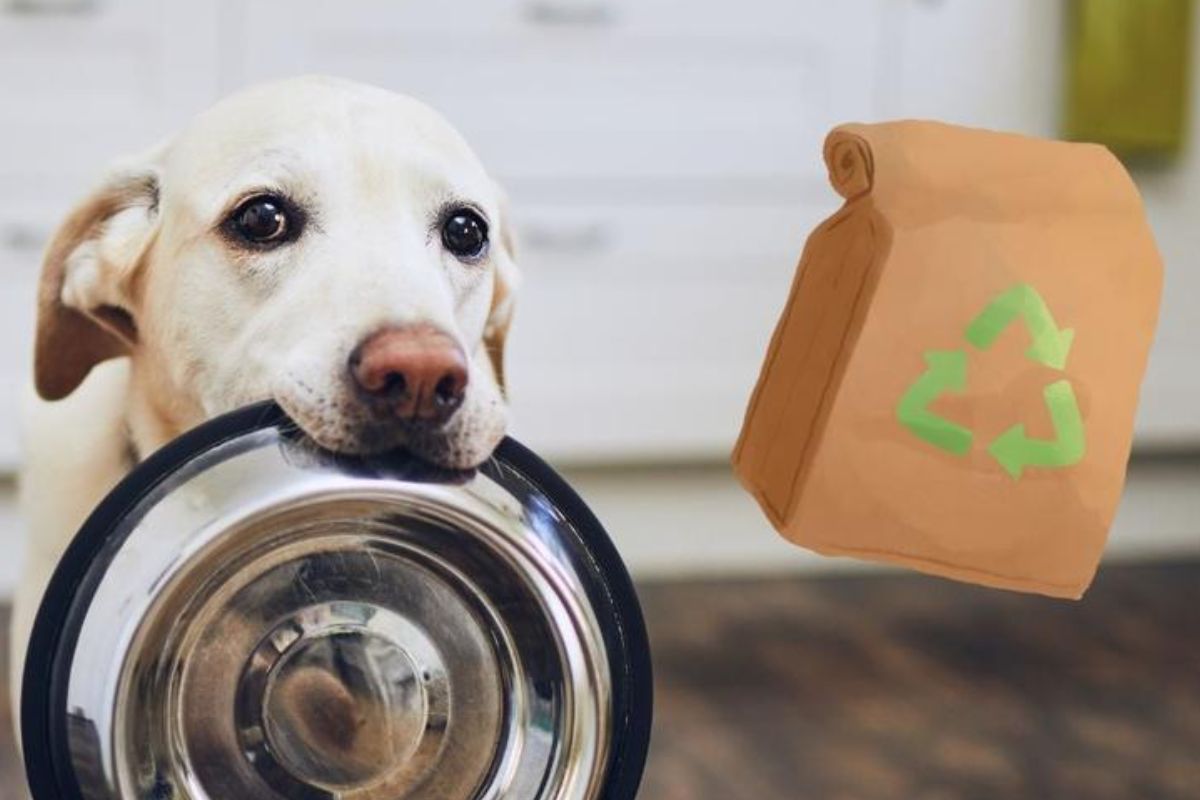
You may also like